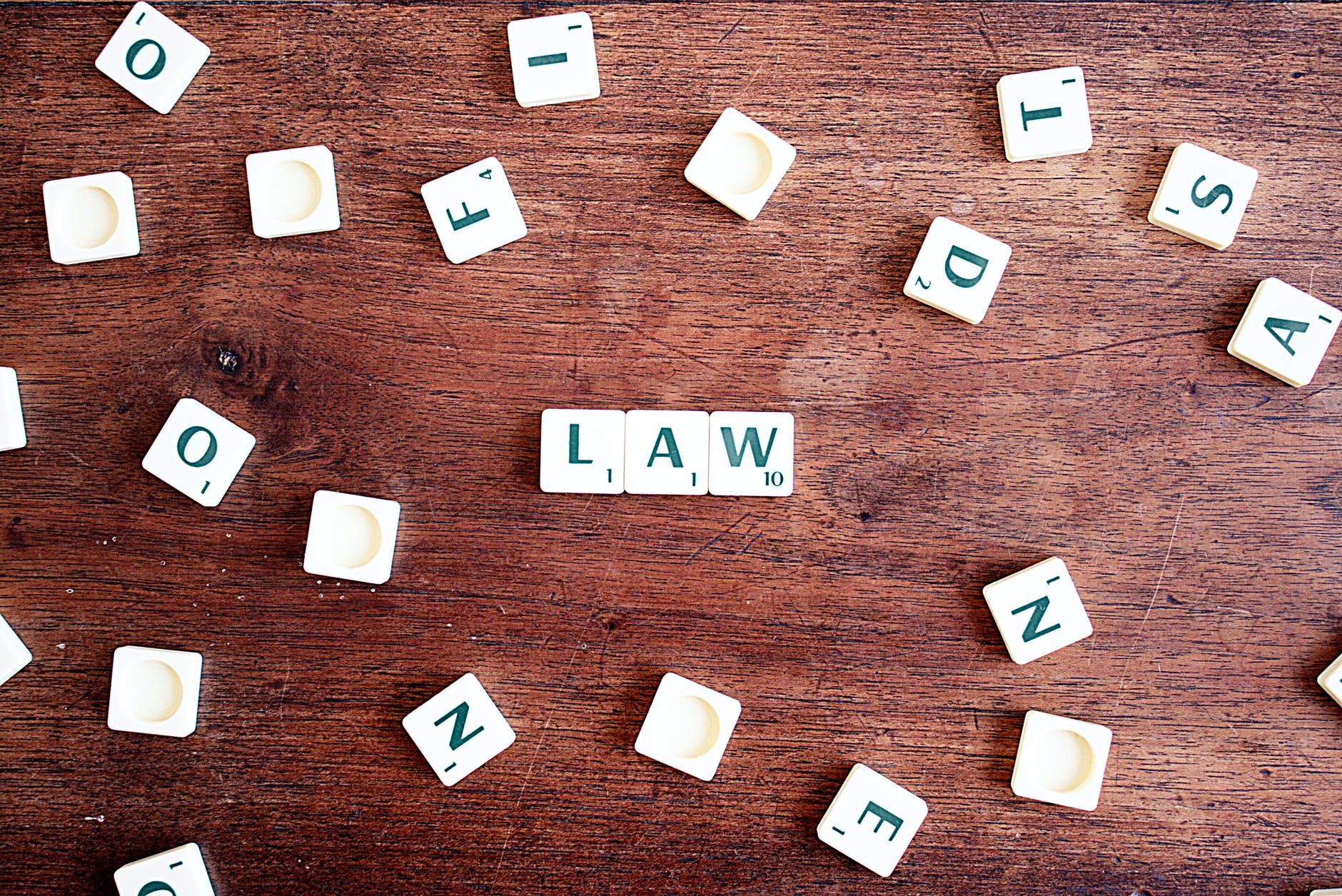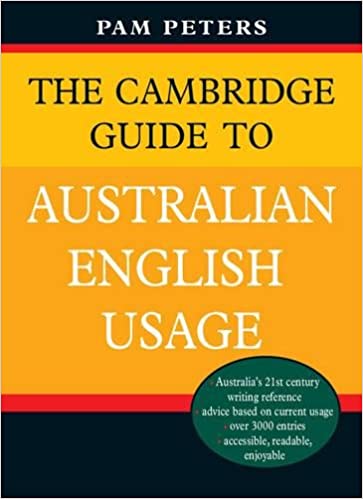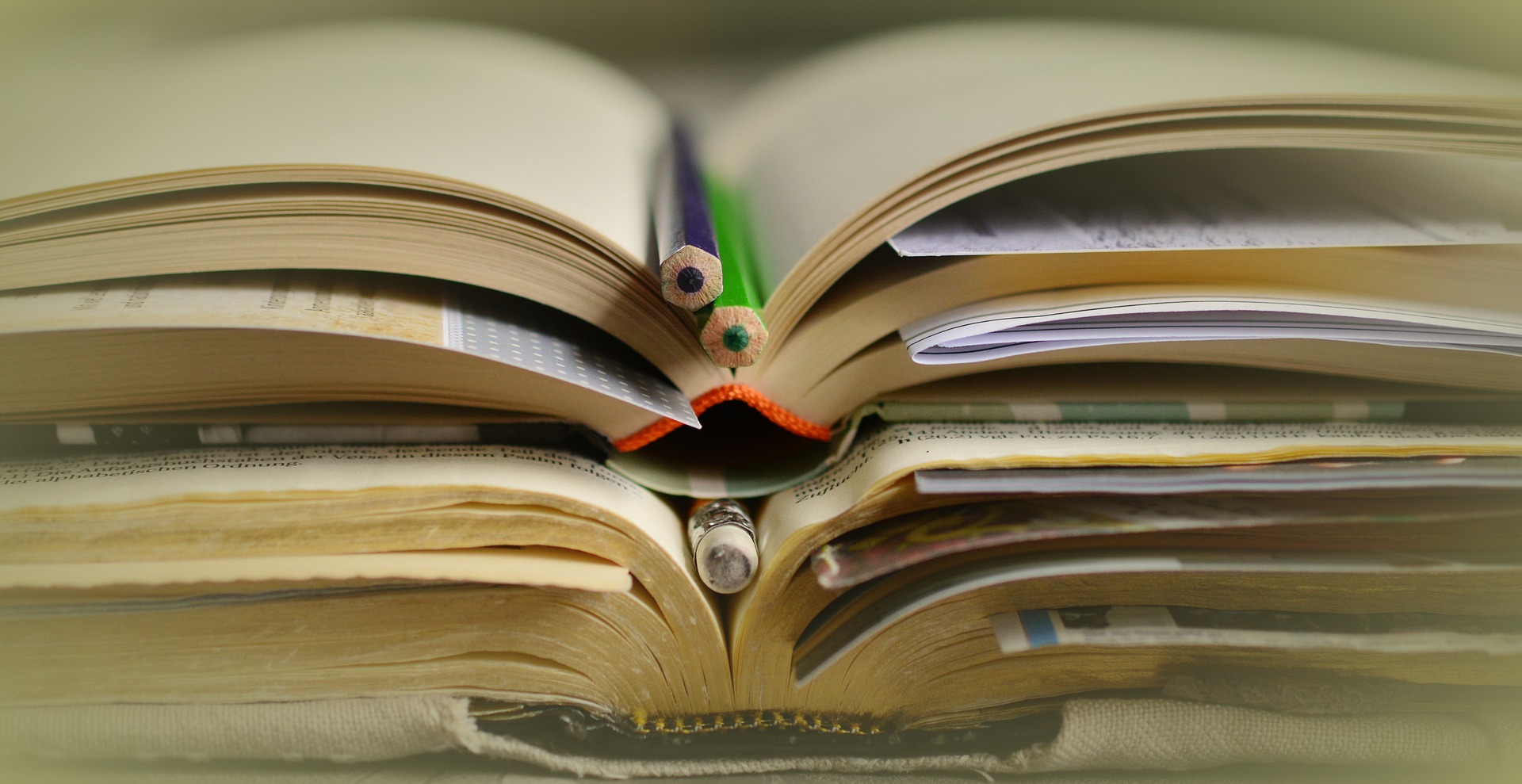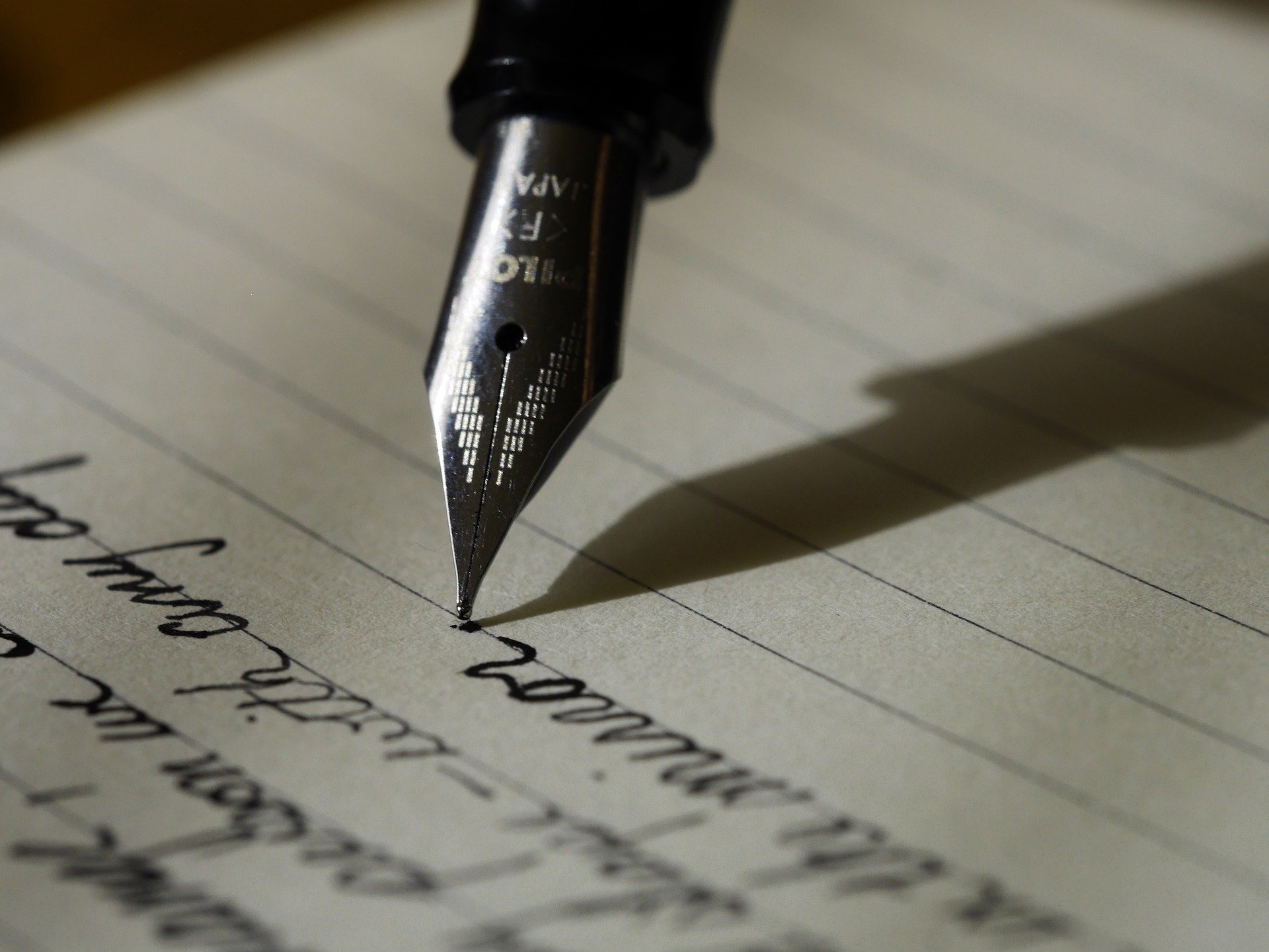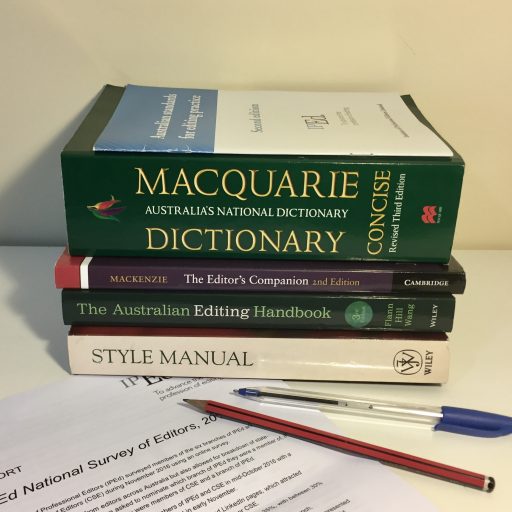Getting copyright right
Copyright law - the rules that apply to the use of your own or someone else's created material - is complex. But for creators, including editors and writers, it's valuable, and an understanding of how copyright works is vital.
But where do you get that understanding? Law degrees deliver whole subjects about this topic, so there must be a lot to know. Copyright law changes from time to time, and it also varies from country to country.
The good news for writers and editors is that you don't need to be an expert in copyright law. You do need to understand the basics, and you do need to know where to go for advice and guidance.
But a whole law degree is not necessary for you to do what you do. (Phew!)
What even is copyright?
Copyright is designed to protect the rights of creators, so that their ability to make a living from their creative work is not compromised.
The basic idea is that:
- you generally cannot use someone else's creative work for your own purposes without seeking permission
- but there are a limited set of reasons ('exceptions') that allow you to do so.
So if you're writing a book, an article or anything for a readership and you decide to include a few words from a song, a few lines from a poem, a statement of fact from another book, a photo you didn't take yourself - indeed, anything that someone else wrote or made - you need an alarm bell to go off in your head.
'Woah, this isn't mine. Can I use it?'
Help with copyright
So where do you turn after the alarm has rung? Good news: there are organisations whose entire mission in life is to help people understand copyright.
(I'm an Australian editor, writing in Australia, so I'll focus here on Australian resources.)
My go-to favourite for advice and guidance on copyright in Australia is the Copyright Council. They maintain an extensive (and free!) library of downloadable information sheets on every aspect of copyright you could think of. They also publish handbooks on key topics and you can purchase those through the website.
The reason I love the Copyright Council's publications is that they are sooooo readable! They've taken complex matters of law and turned them into clear, accessible, understandable information for the layperson.
The other people you should know about is ArtsLaw, the national community legal centre for the arts in Australia. ArtsLaw have free information sheets online, too, in their Information Hub, but they also offer a couple of legal advice services for eligible arts practitioners, for a fee.
(You may need to subscribe or join ArtsLaw to get the most benefit from their resources, but if you're a serious writer, that could be a good thing. For example, you can also buy adaptable templates for contracts, confidentiality agreements and website terms of use, among others.)
Legal eagles
As an editor, I make sure to tell my authors that I am not a lawyer, I am not qualified to provide legal advice, and my recommendations do not constitute legal advice.
The extent of my responsibility in relation to copyright, as the Australian standards for editing practice (2nd ed, 2013, section A4) says, is to have knowledge of copyright requirements and what implications they could have on a publication and to flag anything I think the authors should seek professional legal advice on.
In short: to be really sure that you're not breaching copyright law, ask a lawyer.
Copyright wrongs
If something is complex, it can easily be misunderstood - and that goes for copyright, too. How many of these incorrect copyright 'facts' have you heard?
- "Anything on the internet is in the public domain." (Wrong.)
- "I'm only using a few lines/words, so it's okay." (Not necessarily.)
- "It's been over 70 years since it was published, so it's out of copyright now." (Not for writings.)
- "I see that image on T-shirts all the time, so anyone must be able to use it." (That's not how it works.)
Your homework is to head over to the Copyright Council and ArtsLaw websites and fact-check these claims! Let me know what you decide.
